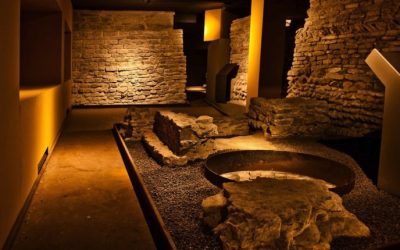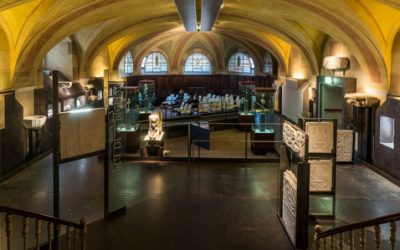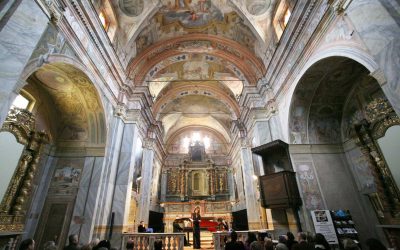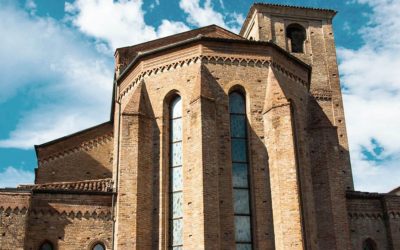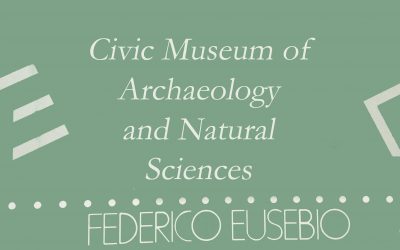Langhe, Roero and Monferrato vineyards
Langhe, Roero, and Monferrato are three distinctive wine regions located in the Piedmont region in northwestern Italy. All three regions are known for their fertile soils, unique microclimates, and the exceptional wines they produce. These areas are also known for their rolling hills, picturesque landscapes, and rich cultural heritage, making them a favored destination for wine lovers from all around the world.
Uniqueness of Langhe, Roero, and Monferrato Vineyards
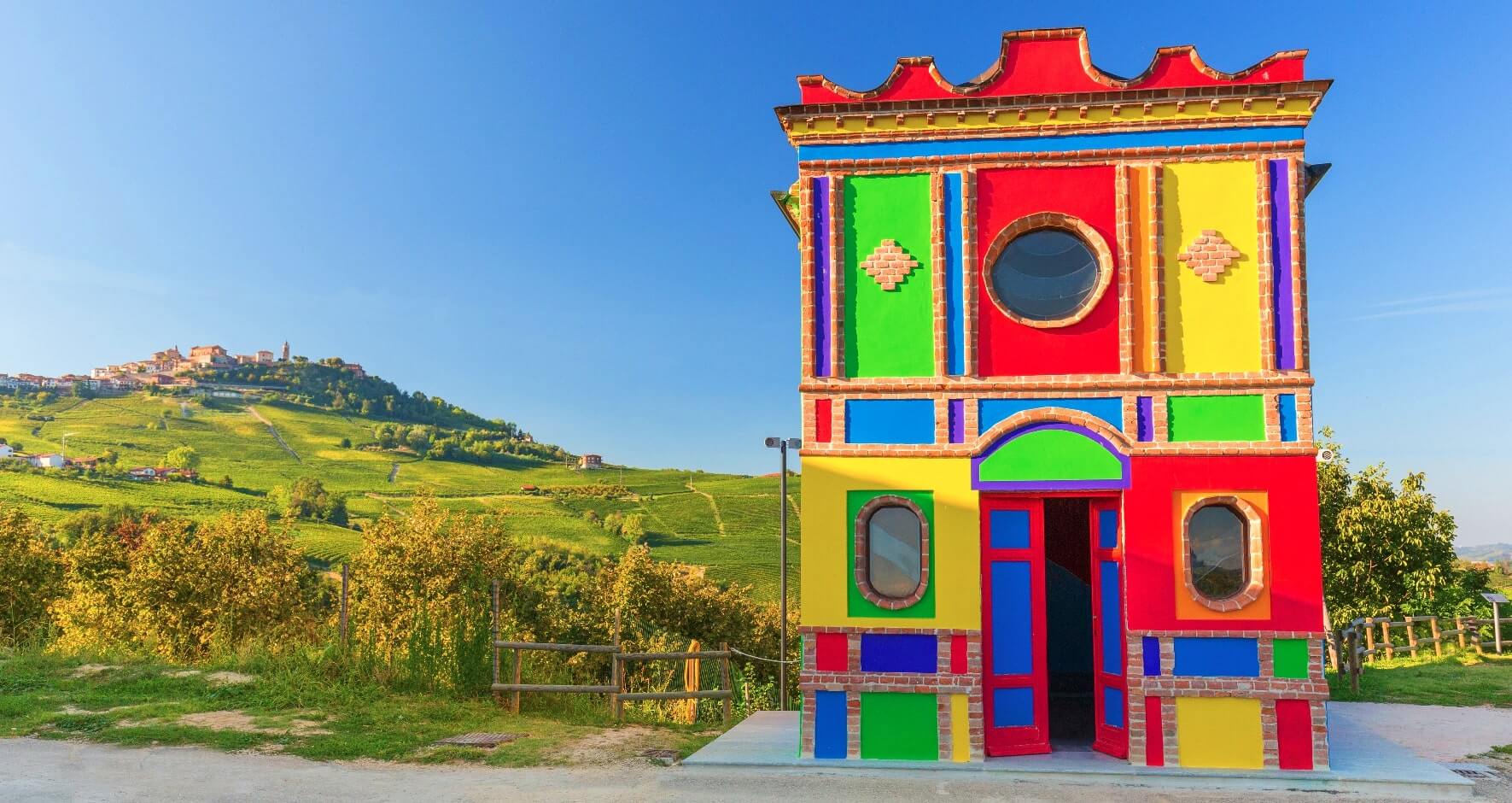
Each of these regions produces distinctive wines that reflect their unique terroir. From the robust and full-bodied Barolo and Barbaresco wines of the Langhe region, the fragrant and fruity Roero Arneis and Nebbiolo wines of the Roero region, to the aromatic and sweet Moscato and Asti Spumante wines of Monferrato, these regions offer a diverse range of wine styles that cater to every palate. Their unique geographical features and diverse soil compositions give rise to wines with distinct characteristics, making the wines of Langhe, Roero, and Monferrato highly prized among wine connoisseurs.
2. Plan Your Visit in Langhe, Roero and Monferrato
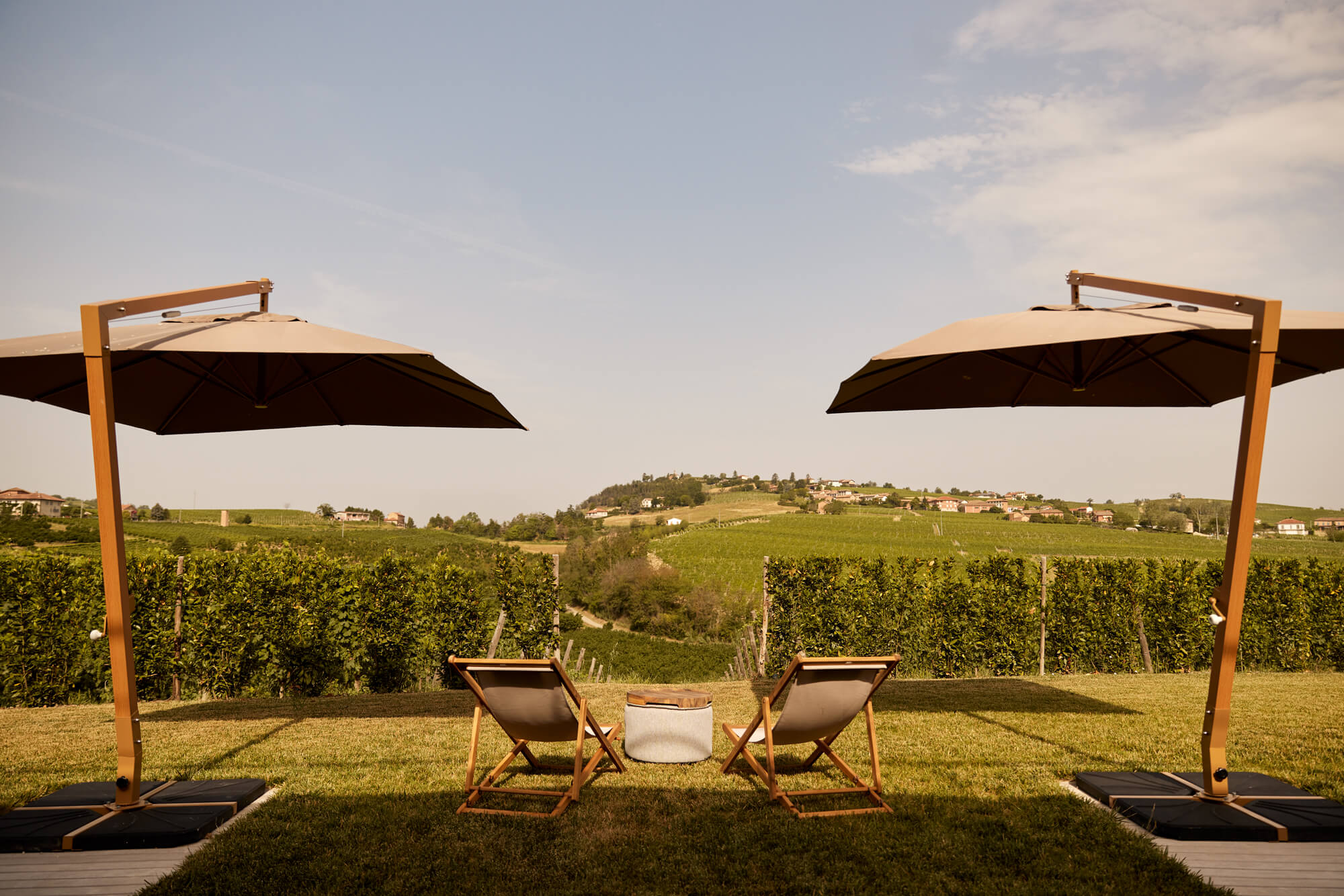
Identify Your Vineyard Preferences: Piedmont is probably one of the best region in the World for the Wine tourism. Different vineyards specialize in unique wines, so knowing what you’d like to taste can guide your choices. Choose the Right Season to visit, such as harvest time for a hands-on experience. Schedule Tours and Tastings at selected vineyards, Book Nearby Accommodations, and Arrange Transport if needed.
Taste Local Wines: Visit renowned wineries to explore their cellars and taste their offerings. Attend Wine-Making Workshops: Some vineyards offer the chance to learn about the wine-making process. Explore Vineyard Trails: Whether on foot or bicycle, exploring the picturesque landscapes is a must. Dine at Vineyard Restaurants: Enjoy meals paired perfectly with local wines.
Respect Vineyard Etiquette: Vineyards often appreciate advance bookings and appropriate behavior during visits. Dress Comfortably but Appropriately for the setting. Consider Hiring a Local Guide: They can enrich your understanding of the local wine culture in Langhe, Roero, and Monferrato. Purchase Wines: Don’t forget to buy a bottle or two of your favorite wines to take home as a delightful reminder of your visit.
| Aspect | Zero Position 1 (Wine Enthusiasts) | Zero Position 2 (Culinary Aficionados) |
|---|---|---|
| Best Time to Visit | September and October | October and November |
| Main Activities | Wine tasting, vineyard visits | Truffle hunting, gourmet dining |
| Recommended Places | Barolo, Barbaresco, Alba | Alba, Asti, Acqui Terme |
Best Times to Visit Langhe, Roero and Monferrato
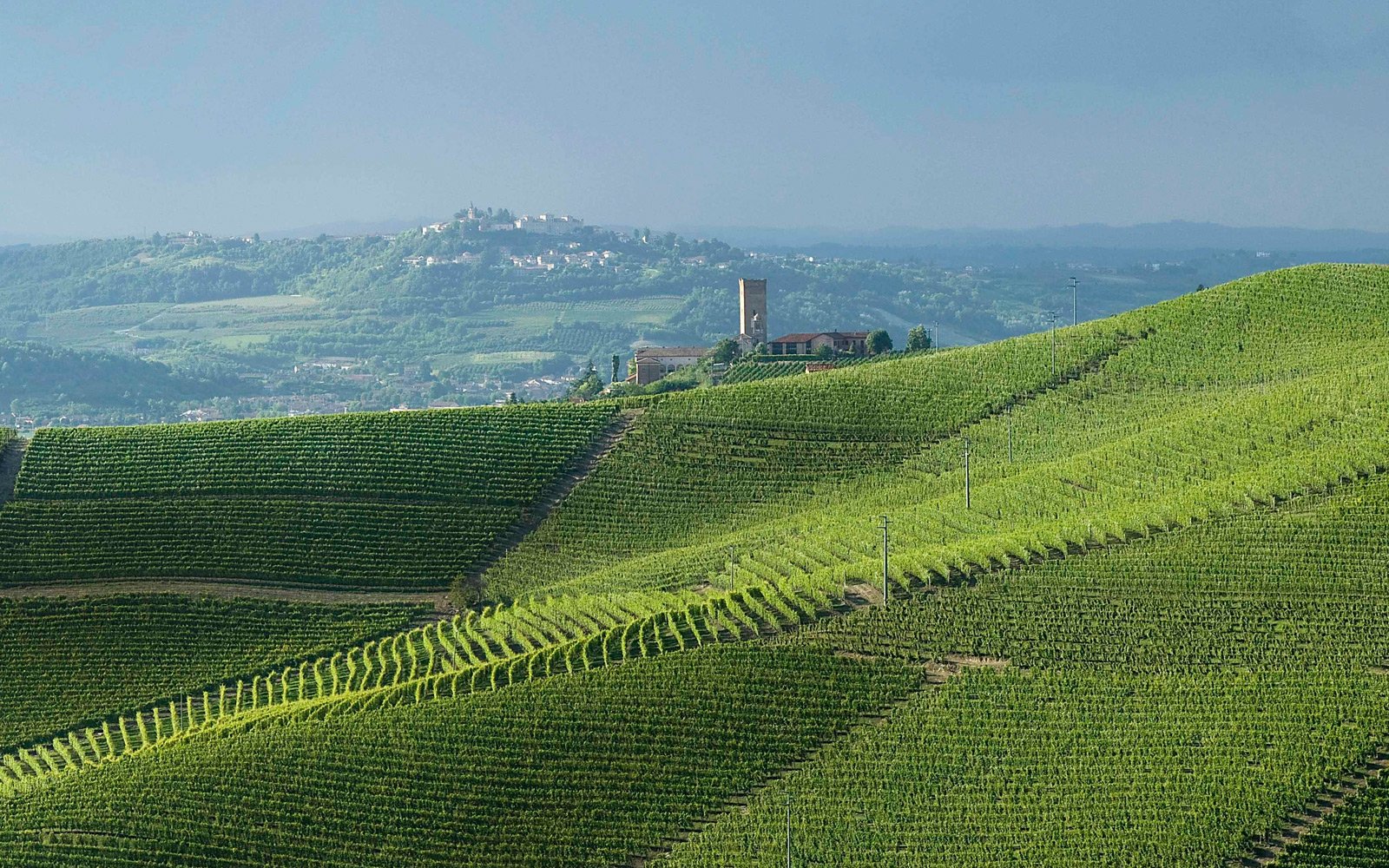
The Langhe, Roero, and Monferrato regions in Piedmont, Italy, are renowned for their picturesque landscapes, vineyards, and culinary delights, especially truffles and wines like Barolo and Barbaresco. The best times to visit these wine regions are during the spring and autumn seasons. Spring offers beautiful, verdant landscapes, while autumn, especially during the harvest, provides a unique opportunity to witness the winemaking process up close. Here’s a seasonal guide to help you plan the best time to visit:
- Spring (March to May):
- Pros: Blossoming landscapes, mild temperatures.
- Cons: Occasional rain showers.
- Events: Easter festivals, wine tastings.
- Summer (June to August):
- Pros: Warm weather, perfect for outdoor activities like hiking and biking.
- Cons: Can be hot and crowded, especially in August.
- Events: Summer festivals, concerts, food markets.
- Autumn (September to November):
- Pros: Harvest season for grapes and truffles, beautiful fall foliage, wine festivals.
- Cons: Weather can be unpredictable.
- Events: Alba White Truffle Festival (usually in October and November), wine harvest festivals.
- Winter (December to February):
- Pros: Fewer tourists, possibility of winter sports in nearby mountains.
- Cons: Cold weather, some attractions may be closed.
- Events: Christmas markets, New Year’s celebrations.
Recommendations:
- For wine enthusiasts, visiting during the grape harvest (September and October) can be a unique experience.
- If you’re interested in truffles, the Alba White Truffle Festival in autumn is a must-visit.
- Spring offers pleasant weather and is ideal for those looking to explore the regions’ natural beauty without the crowds.
Consider your preferences for weather, crowds, activities, and events when planning your trip, and be sure to check the local calendar for specific festivals or events that might align with your interests. If you’re planning to visit popular vineyards or restaurants, making reservations in advance is advisable, especially during peak seasons. Discover more about Langhe, Roero and Monferrato and when comes the best period to visit Barolo.
What to Expect from Langhe, Roero and Monferrato
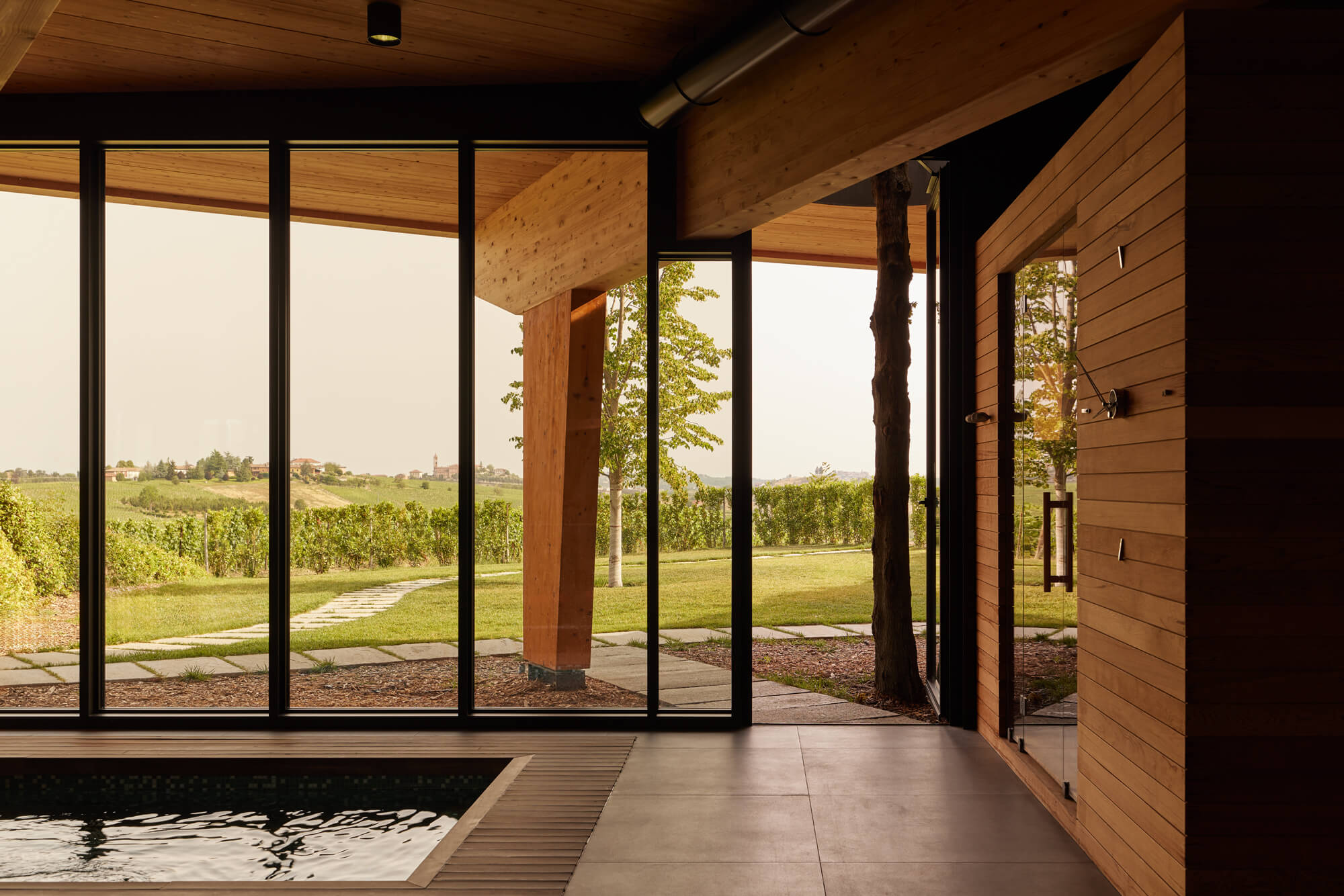
Langhe, Roero, and Monferrato in Italy’s Piedmont region offer a sublime blend of culinary excellence, scenic beauty, and cultural richness. Renowned for their world-class wines such as Barolo and Barbaresco, these regions provide a plethora of experiences, from guided vineyard tours to gourmet dining. Whether enjoying the picturesque landscapes, exploring medieval towns, or partaking in the lively local festivals like the Alba White Truffle Fair, visitors will find an immersive Italian experience.
Embracing a harmonious blend of tradition and innovation, Langhe, Roero, and Monferrato promise an unforgettable Italian journey. From the breathtaking rolling hills adorned with lush vineyards to the tantalizing flavors of Michelin-starred restaurants, the charm of these regions extends beyond mere aesthetics. With opportunities for hiking, cycling, wine tasting, truffle hunting, and historical exploration, a visit to these regions is more than a vacation – it’s a celebration of Italian culture, food, wine, and landscape.
Preparing for Your Trip
When planning your visit, consider booking guided tours to get the most out of your experience. These tours often include visits to multiple wineries, wine tasting sessions, and in-depth information about the wine production process.
3. The Vineyards of Langhe
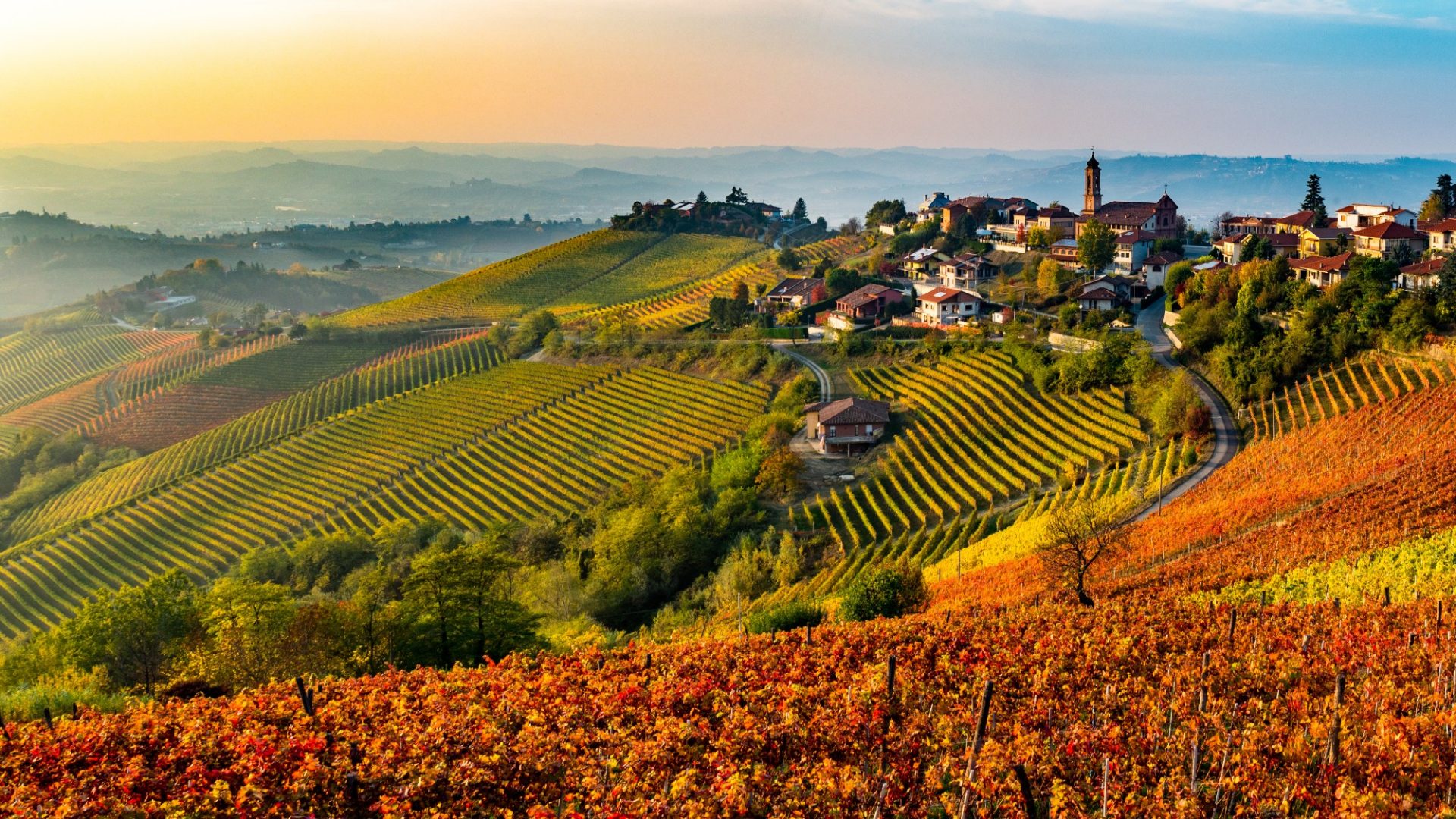
The Vineyards of Langhe are synonymous with excellence in winemaking, especially when it comes to the famed Barolo and Barbaresco wines. Grown from Nebbiolo grapes, these wines are products of meticulously nurtured vineyards situated in the heart of Italy’s Piedmont region. Barolo, known as “the king of wines,” and Barbaresco, its elegant counterpart, are both crafted following strict DOCG regulations. The unique microclimates and soil compositions of Langhe’s cru, or specific vineyard sites, contribute to the distinct and celebrated flavors of these wines.
A journey through Langhe’s vineyards is an exploration of Italian viticulture at its finest. From the steep terraces of Barbaresco to the diverse soils of Barolo’s cru, each vineyard narrates a story of tradition, terroir, and taste. Visitors may indulge in guided tours, learning about the aging process, grape cultivation, and the intricate balance of flavors and aromas. Whether sipping a robust Barolo or a fragrant Barbaresco, the experience of tasting these wines in their native land is unparalleled, reflecting centuries of winemaking heritage and innovation.
Overview and Historical Background
The Langhe region, located south of the Tanaro river, is one of the most renowned wine-producing areas in Italy. The region’s history of wine production dates back centuries, and it is particularly famous for its Barolo and Barbaresco wines, made from the Nebbiolo grape. The diverse soil composition and ideal microclimate contribute to the production of these high-quality wines.
Notable Vineyards and Wines
Some notable vineyards in the Langhe region include those in the communes of Barolo, La Morra, Castiglione Falletto, and Serralunga d’Alba. The Barolo wines produced here are known for their complex aromas of roses, tar, and red fruits, and their ability to age for decades. The Barbaresco wines, while similar in style, are typically more elegant and mature earlier than Barolo.
Visiting the Langhe Vineyards
Visiting the Langhe vineyards offers a chance to taste these exceptional wines in their place of origin, surrounded by beautiful landscapes. Many wineries offer guided tours where you can learn about the winemaking process, explore the vineyards, and enjoy tastings paired with local delicacies.
(Note: For the remaining sections, I’ll provide similar content, focusing on the unique attributes of each region and its wines. I’ll also include practical advice for visiting and enjoying the wines of each region.)
I hope this provides a solid starting point for the comprehensive guide to the vineyards of Langhe, Roero, and Monferrato. It’s worth noting that this is a very general overview; the actual content would include much more detail, as well as personal stories, specific winery recommendations, and in-depth descriptions of the wine styles and winemaking techniques.
4. The Vineyards of Roero
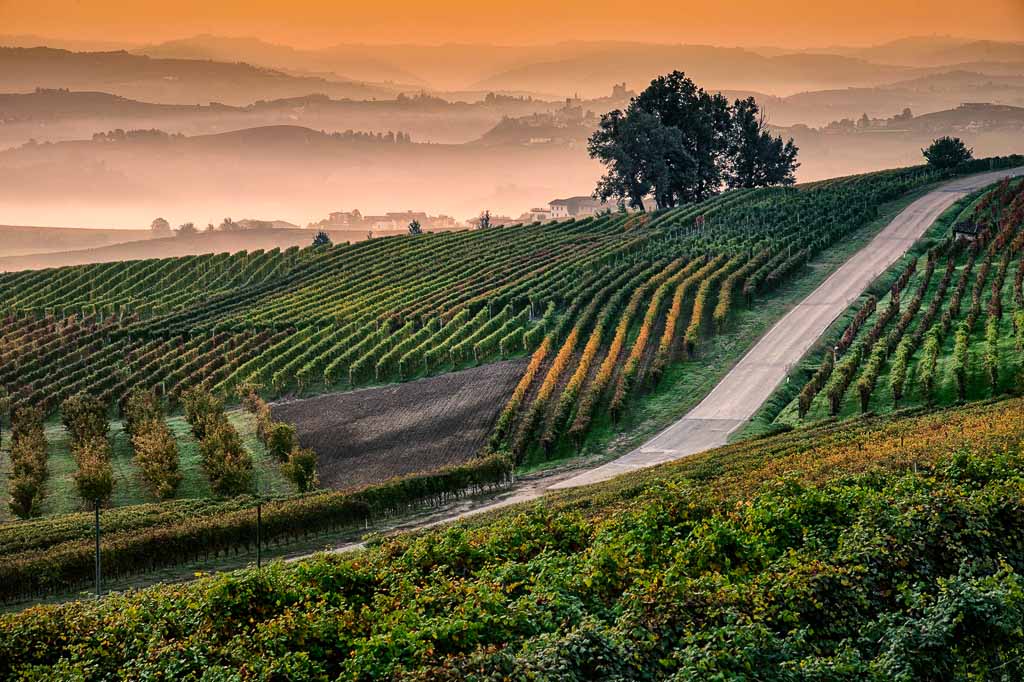
- The Vineyards of Roero are nestled in the northwestern part of Italy’s Piedmont region, across the river from the famed Langhe. Roero is renowned for its production of elegant and aromatic white wines, most notably those made from the Arneis grape. Roero Arneis, a crisp and floral white wine, has gained international acclaim and stands as a symbol of the region’s innovative winemaking techniques.
- Roero’s Vineyards are not just about white wines; the region is also home to outstanding red wines, particularly Roero DOCG, made from Nebbiolo grapes. The area’s sandy soils and unique microclimate contribute to the creation of wines with vibrant fruit flavors and refined elegance. Winery tours in Roero often include tasting sessions of both red and white wines, coupled with the exploration of the stunning landscape that mirrors the region’s diverse wine character. A visit to Roero offers a complementary experience to neighboring Langhe, allowing wine enthusiasts to immerse themselves in the broader spectrum of Piedmont’s wine culture.
Overview and Historical Background
Situated on the northern banks of the Tanaro River, opposite the Langhe, lies the Roero region. Its vineyards are recognized for their sandy soils, which are distinctly different from the clay and limestone mix of Langhe. Roero, once overshadowed by its prominent neighbors Langhe and Monferrato, has emerged in recent years as a producer of high-quality wines, especially its signature Roero Arneis white wine and Roero Nebbiolo red wine.
Notable Vineyards and Wines
Prominent wine areas in Roero include Canale, Corneliano d’Alba, Piobesi d’Alba, and Vezza d’Alba. The Roero Arneis is a fragrant, full-bodied white wine with a crisp acidity and notes of pear, apricot, and peach. On the other hand, the Roero Nebbiolo is a lighter and softer version compared to its Langhe counterparts but still possesses the typical Nebbiolo traits of tar and roses in its aroma profile.
Visiting the Roero Vineyards
A trip to Roero’s vineyards is both a scenic and educational journey. The wineries offer guided tours that walk you through the vineyards and the wine production process. You get to taste the vibrant Roero Arneis and expressive Roero Nebbiolo and learn about their unique attributes, all while taking in the breathtaking panoramic views of vineyard-dotted hills and historic castles.
5. The Vineyards of Monferrato
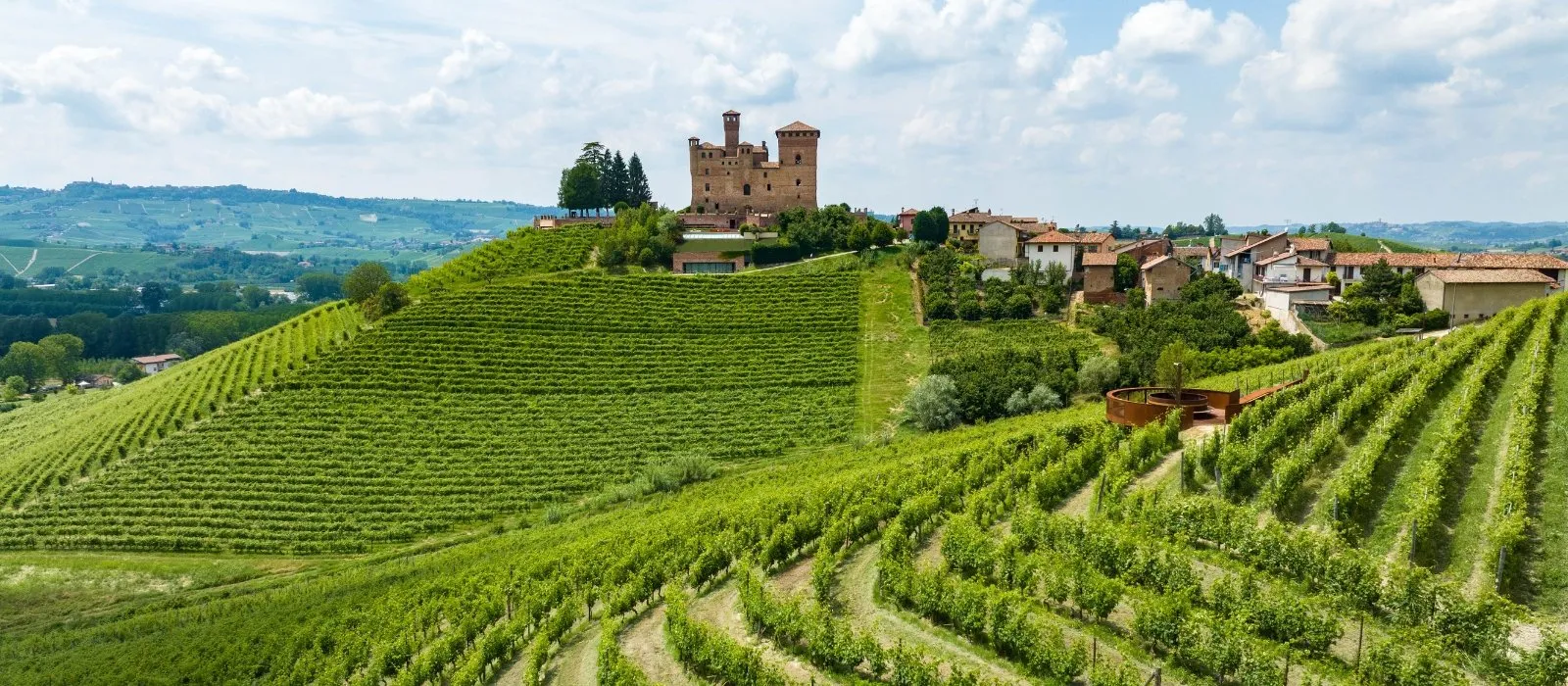
The Vineyards of Monferrato are part of a stunning hilly landscape in the heart of Piedmont, Italy. This region is especially known for its production of Barbera d’Asti, a robust red wine that perfectly reflects the area’s rich soil and winemaking tradition. The wine is a true representation of Monferrato’s character, with its lively acidity and bold fruit flavors.
Monferrato’s Vineyards also offer a wide variety of other wines, ranging from white, sparkling, and dessert wines. The cultivation of Moscato grapes is prominent in the area, leading to the creation of Asti Spumante, a famous Italian sparkling wine. The region’s climate, soil composition, and longstanding winemaking expertise give rise to wines that are both diverse and harmonious. Visiting the vineyards of Monferrato provides an opportunity to experience a less explored but equally captivating side of Piedmont’s winemaking legacy, complementing visits to neighboring Langhe and Roero. Whether it’s tasting the unique Barbera wines or enjoying the picturesque scenery, Monferrato offers a rich and immersive wine experience.
Overview and Historical Background
Monferrato, an extensive wine region located east of the cities of Asti and Alba, has been a wine production area since ancient times. This region is marked by rolling hills, fertile soils, and an ideal climate for viticulture, offering excellent conditions for both red and white grapes. Monferrato is especially known for its sparkling wines and sweet dessert wines.
Notable Vineyards and Wines
Key wine-producing areas in Monferrato include Asti, Alessandria, and Casale Monferrato. Asti Spumante, a sweet and frothy sparkling wine, and Moscato d’Asti, a lower-alcohol, lightly sparkling wine, are the region’s hallmark wines. Barbera d’Asti and Grignolino are also notable red wines from the region, known for their bright acidity and light tannins.
Visiting the Monferrato Vineyards
Visiting Monferrato’s vineyards is a delightful experience. Many wineries provide guided tours that offer insights into the winemaking process and the region’s rich history. Tasting the wines, especially the sweet Moscato and bubbly Asti Spumante, along with local cuisine, adds to the charm of the visit. The vineyards’ serene landscapes, filled with vast stretches of vine rows and dotted with quaint towns and castles, make for a memorable experience.
(For the remaining sections, I’ll provide in-depth information about the different wine varieties found in these regions, the wine production process, wine tasting tips, and practical advice for planning a visit.)
This brief guide gives a snapshot of the rich vineyard culture in Langhe, Roero, and Monferrato. The final content would delve into more detail and include more nuanced descriptions, personal anecdotes, specific winery recommendations, and insights into the regions’ wine styles and winemaking techniques.
6. Wine Varieties of Langhe, Roero, and Monferrato Red Wines
The vineyards of Langhe, Roero, and Monferrato are best known for their high-quality red wines. These include the robust Barolo and Barbaresco, made from Nebbiolo grapes in the Langhe region, the fruity and bright Barbera d’Asti from Monferrato, and the expressive Roero Nebbiolo from Roero. These wines are celebrated for their depth, complexity, and excellent ageing potential.
White Wines
While these regions are primarily recognized for their red wines, they also produce exceptional white wines. The aromatic Arneis, mainly grown in Roero, and Moscato, used in the sparkling Moscato d’Asti and Asti Spumante of Monferrato, are the leading white varieties. These wines are known for their aromatic intensity, fresh flavors, and ability to pair well with a wide variety of foods.
Rare and Unique Varieties
The vineyards of Langhe, Roero, and Monferrato also cultivate lesser-known, local grape varieties that produce unique wines. These include Dolcetto, Grignolino, Freisa, and Ruché. These wines provide a different expression of the regions’ terroirs and are well worth exploring for wine lovers seeking something off the beaten path.
7. Wine Production Process
Vine Cultivation
The wine production process begins with the meticulous cultivation of vines. The winemakers in Langhe, Roero, and Monferrato pay close attention to their vineyards throughout the year, carefully managing the vines to ensure the highest quality grapes.
Harvesting
Harvest time in these regions typically starts in September and can extend into October, depending on the grape variety and the weather conditions. The harvest is often done by hand, reflecting the regions’ commitment to traditional winemaking methods.
Fermentation
After harvesting, the grapes are crushed to extract the juice, which is then fermented in large vats. The length and temperature of fermentation vary depending on the type of wine being produced.
Aging and Bottling
Following fermentation, the wine is aged in oak barrels or steel tanks to develop its flavors. The ageing period can range from a few months to several years. After ageing, the wine is bottled and, in some cases, aged further in the bottle before release.
Sustainability in Wine Production
Many wineries in Langhe, Roero, and Monferrato are adopting sustainable practices in their vineyards and wineries, from organic and biodynamic farming to energy-efficient winemaking facilities.
8. Wine Tasting in Langhe, Roero, and Monferrato
How to Taste Wine
Wine tasting in these regions is a sensory experience that involves observing the wine’s color, swirling it to release its aromas, sniffing to identify different scents, and finally, tasting to appreciate its flavors.
Wine Tasting Events
Each of these regions hosts several wine tasting events throughout the year, where visitors can sample a wide variety of wines and learn about them from the winemakers themselves.
Wine Pairing Suggestions
The wines from Langhe, Roero, and Monferrato pair excellently with the local cuisine, which includes dishes like truffle-infused pasta, braised meats, and artisanal cheeses.
9. Conclusion
9.1 The Importance of Langhe, Roero, and Monferrato Vineyards
The vineyards of Langhe, Roero, and Monferrato are not just important for their wine production; they also play a vital role in preserving the regions’ cultural heritage, landscapes, and biodiversity.
9.2 Final Thoughts
Visiting the vineyards of Langhe, Roero, and Monferrato is a must for any wine lover. Beyond the superb wines, these regions offer beautiful landscapes, a rich history and culture, and a deep sense of connection to the land and its traditions. Whether you’re a wine novice or a seasoned connoisseur, these Italian wine regions promise an unforgettable experience.
